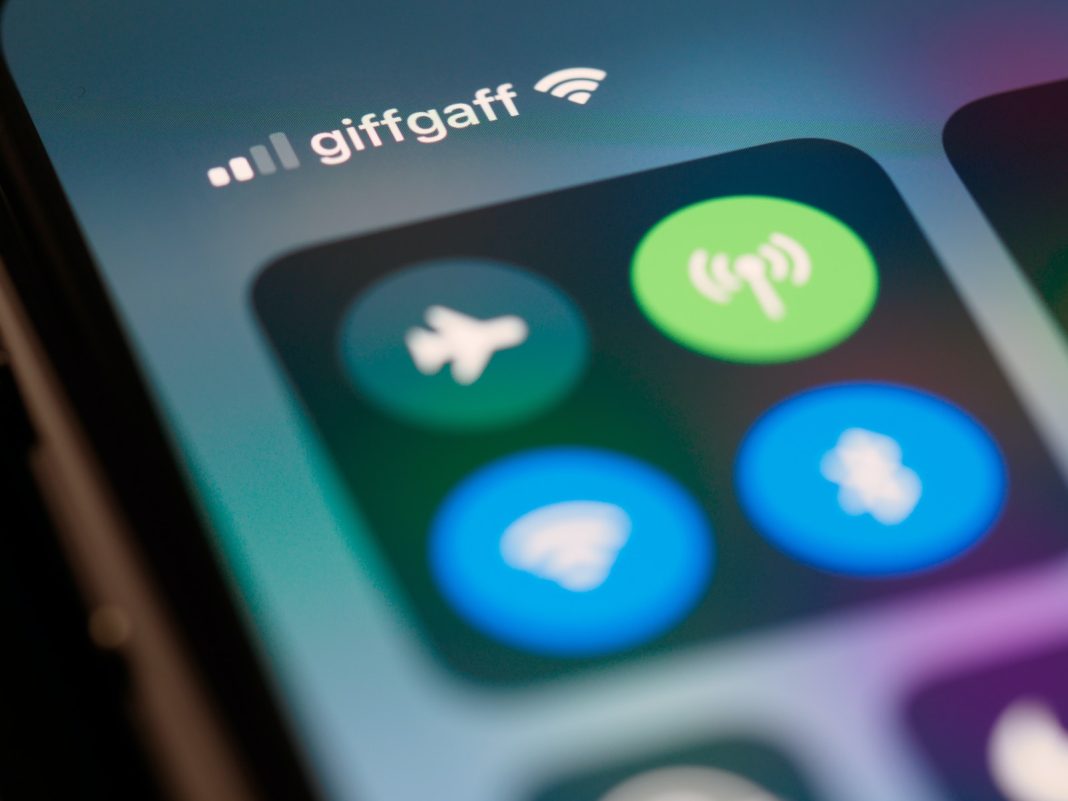In a significant leap forward for wireless technology, the Wi-Fi Alliance has officially unveiled the certification for the highly anticipated Wi-Fi 7 standard. The certification aims to set a benchmark for upcoming wireless devices, enhancing connectivity and performance across diverse sectors, including home, office, and industrial applications. The Wi-Fi 7 standard, initially projected for final approval in 2024, has seen its implementation delayed due to the existing presence of systems, mobile devices, and routers already adhering to its specifications.
Wi-Fi 7 promises to deliver high-bandwidth throughput with low latency performance, increased efficiency, and reduced overhead. To underscore a device’s qualification to provide these features, the Wi-Fi Alliance has introduced the ‘Wi-Fi 7 Certified’ logo. This certification is crucial as the demand for wireless technology has surged in areas such as augmented reality (AR), virtual reality (VR), extended reality (XR), 3D gaming, home and office applications, next-generation Internet of Things (IoT), and mission-critical applications in the training and automotive industry.
As technology giants like Intel foresee an escalating dependence on wireless technology, the Wi-Fi 7 certification plays a pivotal role in ensuring that devices are equipped to handle the growing demands of modern applications. Intel, a key member of the Wi-Fi Alliance, has echoed the alliance’s vision of universal application across multiple fields and industries by 2030.
To qualify for the Wi-Fi 7 Certified standard, devices must meet specific criteria, including:
- 320 MHz channels: Available in countries with the 6 GHz band, these ultra-wide channels facilitate multigigabit device speeds and high throughput.
- Multi-Link Operation (MLO): Enables simultaneous data transmission and reception over multiple links, enhancing throughput, reducing latency, and improving reliability.
- 4K QAM: Achieves 20% higher transmission rates than the previous 1024 QAM.
- 512 Compressed block-ack: Enhances efficiency and reduces overhead.
- Multiple RUs to a single STA: Improves flexibility for spectrum resource scheduling, enhancing spectrum efficiency.
- Triggered Uplink Access: Optimizes Wi-Fi 6-defined triggered uplink access for latency-sensitive streams and satisfies Quality of Service (QoS) requirements.
- Emergency Preparedness Communication Services (EPCS): Provides seamless National Security & Emergency Preparedness (NSEP) service experience while maintaining priority and service quality in Wi-Fi access networks.
Eric A. McLaughlin, VP & GM Wireless Solutions Group for Intel, expressed his enthusiasm, stating, “Intel-powered PCs and IoT products with Wi-Fi 7 will enable multi-gigabit speeds with wired-like responsiveness and new extreme levels of connection reliability.” McLaughlin emphasized the importance of ecosystem collaboration and interoperability in delivering exceptional user experiences.
Leading semiconductor companies Qualcomm and Mediatek have also stressed the significance of Wi-Fi 7 certification, highlighting the features and benefits of this advanced wireless standard.
Main Advantages of Wi-Fi 7 Certification
Networking manufacturer TP-Link underlined the importance of 320 MHz channels, emphasizing their ability to provide four times the throughput compared to existing 160 MHz channels. The shift to Wi-Fi 7 Certified devices ensures double the transmission throughput compared to Wi-Fi 6 and Wi-Fi 6E devices. TP-Link illustrated this improvement with examples like wirelessly streaming 4K videos and enhancing the quality of online games across multiple devices.
Wi-Fi 7 introduces several key features, including 4096-QAM, Multi-RU, and Multi-Link Operation, allowing data transmission between different frequency bands and channels. The Wi-Fi 7 certification guarantees that devices bearing the logo adhere to these specifications.
Notably, Wi-Fi 7 devices will maintain backward compatibility, ensuring seamless integration with existing devices. However, devices lacking Wi-Fi 7 compatibility will miss out on the enhanced capabilities when connected to a Wi-Fi 7-certified router and vice versa.
Despite the delayed finalization of the Wi-Fi 7 certification, several devices, including the OnePlus 12 and Samsung S24 series, have already embraced Wi-Fi 7 compatibility. This extends to various gadgets such as notebooks, mini PCs, NUCs, portable gaming systems, and desktops. Wi-Fi 7 routers and mesh devices are also available, albeit commanding a premium over Wi-Fi 6E alternatives.
In anticipation of increased demand and the need for swift deployment, the market is expected to witness a proliferation of Wi-Fi 7 wireless routers and devices across various price segments in the coming days. The Wi-Fi 7 certification, serving as a minimum standard, ensures that these advanced features are universally available, marking a new era in wireless connectivity.


